This guide provides teachers and parents with a comprehensive toolkit for teaching elapsed time to students in grades 2-6. We’ll explore various strategies, activities, and resources, including free printable worksheets, to help children conquer this essential skill.
Understanding Elapsed Time
Elapsed time is the duration between a starting and ending time. It’s a fundamental concept used daily, from cooking and scheduling to understanding historical timelines. This guide will equip you with the tools to make teaching elapsed time engaging and effective.
What is Elapsed Time?
Elapsed time is simply the amount of time that passes between two points. It’s a crucial skill for everyday life, impacting everything from catching a bus to cooking a meal. This guide explores various techniques and resources to help learners in grades 2-6 develop a solid grasp of elapsed time, going beyond just filling out elapsed time worksheets. Our goal is to help students build a deep understanding of time intervals, equipping them with the ability to tackle any time-related problem with confidence.
Why is Elapsed Time Important?
Mastering elapsed time isn’t just about worksheets; it’s about building a conceptual understanding of time intervals. This understanding is foundational for:
- Scheduling & Planning: Organizing daily activities, planning events, and managing time efficiently all rely on understanding elapsed time.
- Real-World Applications: From cooking (how long until the cookies are ready?) to travel (what time should we leave for the airport?), elapsed time is constantly in use.
- Academic Success: Understanding elapsed time is essential for interpreting historical timelines, scientific experiments, and even musical rhythms.
Strategies for Mastering Elapsed Time
Visualize, strategize, and conquer! Let’s explore effective techniques to tackle elapsed time problems:
Visual Aids
- Number Lines: Number lines are excellent visual tools. Marking the start and end times on a number line allows students to clearly see the interval representing elapsed time. This visual representation is particularly helpful for adding and subtracting time.
- Clock Faces: Both analog and digital clock faces are valuable. Manipulating the hands on an analog clock or changing the digits on a digital clock helps students visualize time in motion.
Mental Math Techniques
Mental math can empower students to calculate time differences quickly and efficiently:
- Breaking Down Intervals: Large time intervals can be intimidating. Breaking them into smaller, more manageable chunks simplifies calculations. For instance, finding the duration between 1:15 PM and 2:30 PM can be broken down: 45 minutes to reach 2:00 PM, then another 30 minutes to get to 2:30 PM, totaling 75 minutes (1 hour and 15 minutes).
- Skip Counting: Practice skip counting by 5s, 10s, and 15s to strengthen mental addition and subtraction of minutes.
Problem-Solving Strategies
Word problems provide context and challenge:
- Deconstructing Word Problems: Teach students to carefully read word problems, identify key information (start time, end time, elapsed time), and visualize the scenario.
- Real-World Connections: Relate elapsed time problems to everyday situations. This makes learning more relevant and engaging. For example: “If you need to be at school by 8:00 AM, it takes 20 minutes to get ready, and 15 minutes to walk there, what time should you wake up?”
Resources and Practice
Beyond elapsed time worksheets, there are abundant resources to enhance the learning process:
Worksheet Variety
- Analog Clock Worksheets: These use classic clock faces with hands, promoting understanding of traditional timekeeping.
- Digital Clock Worksheets: Focusing on digital displays, these prepare students for the digital time representations prevalent in modern life.
- Word Problem Worksheets: These apply elapsed time to relatable scenarios, enhancing practical application.
- Mixed Practice Worksheets: These offer a comprehensive review, combining various formats for flexible skill development.
- Targeted Skill Worksheets: These focus on specific skills such as finding start times, end times, or total elapsed time, allowing students to hone individual areas.
For the best CVCE words for kindergarteners to first graders, there’s a free printable list to download and use in the classroom. Don’t miss this factoring quadratics worksheet which is a great way to practice factoring quadratic expressions.
Free and Premium Resources
- Free Resources: Numerous websites offer free printable worksheets catering to diverse learning styles and skill levels. A quick online search yields a wealth of options.
- Premium Resources: For specialized worksheets, interactive activities, or structured curriculum, consider paid resources. These often provide more in-depth practice and personalized learning paths.
Beyond Worksheets
- Interactive Online Tools: Online games, quizzes, and interactive whiteboard activities can turn learning into a fun and engaging experience.
- Hands-on Activities: Use physical clocks, manipulatives, and real-world projects (e.g., cooking, building, planning an event) to reinforce concepts.
- Differentiated Instruction: Adapt activities and resources to meet individual needs. Some students may thrive on hands-on activities, while others may prefer visual aids.
- Parent Involvement: Encourage parents to reinforce elapsed time concepts at home by discussing everyday activities involving time.
Addressing Common Challenges
While helpful, worksheets have limitations. They might not fully capture real-world complexities. Supplementing with hands-on activities and addressing specific challenges is crucial:
Converting Units
Focus on conversions between hours, minutes, and seconds. Provide clear explanations and practice problems.
AM/PM Confusion
Clearly explain the difference between AM and PM and provide practice problems involving transitions.
Crossing Midnight
Explain how to calculate elapsed time when the start and end times fall on different days. This often presents a unique challenge and requires careful explanation.
Conclusion
Mastering elapsed time is more than just a math skill; it’s a life skill. By using a variety of resources and strategies, including elapsed time worksheets, we can empower students to confidently navigate the world of time. Remember, research into how children learn best is ongoing. Current strategies like number lines and real-world examples are generally effective, but individual learning styles vary. Keep exploring, practicing, and incorporating new techniques to create a dynamic and engaging learning experience. This approach fosters a growth mindset, encouraging students to embrace challenges and develop a deeper understanding of time. While we’ve covered a lot, ongoing research suggests that our understanding of time perception and cognitive development is continually evolving. What might work for one student might differ for another. The key is to provide a versatile toolkit of strategies, encouraging exploration and adaptable learning.
- Unveiling Bernhard Caesar Einstein’s Scientific Achievements: A Legacy in Engineering - July 15, 2025
- Uncover who is Jerry McSorley: CEO, Family Man, Business Success Story - July 15, 2025
- Discover Bernhard Caesar Einstein’s Scientific Contributions: Unveiling a Legacy Beyond Einstein - July 15, 2025
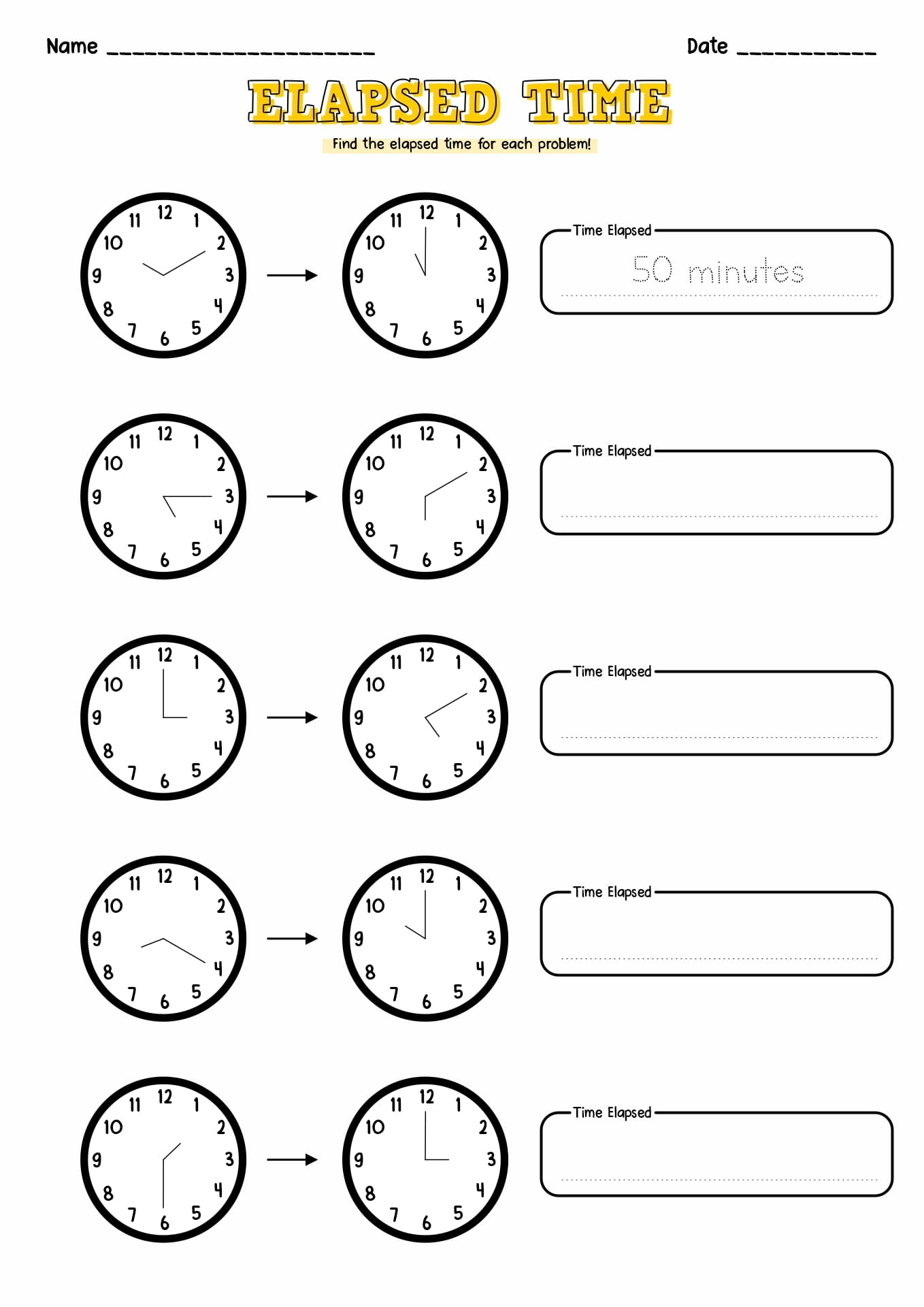
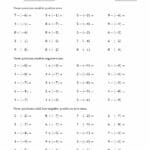
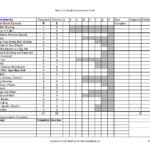


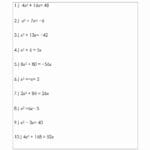
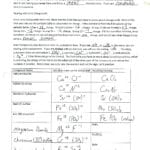









3 thoughts on “Mastering Elapsed Time: Free Printable Worksheets, Activities, & Answer Keys (Grades 2-6)”
Comments are closed.